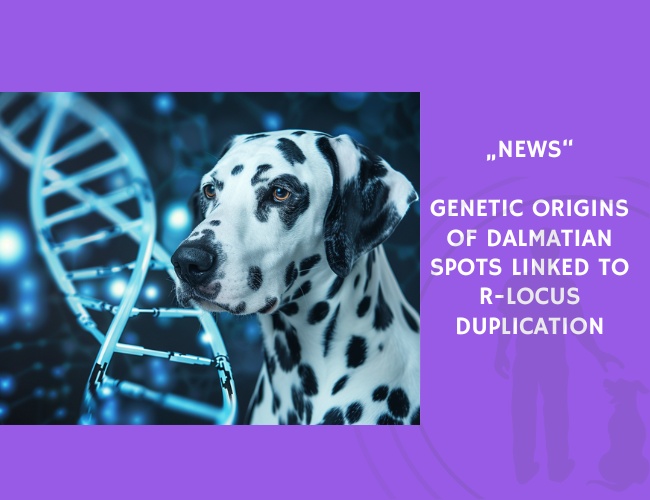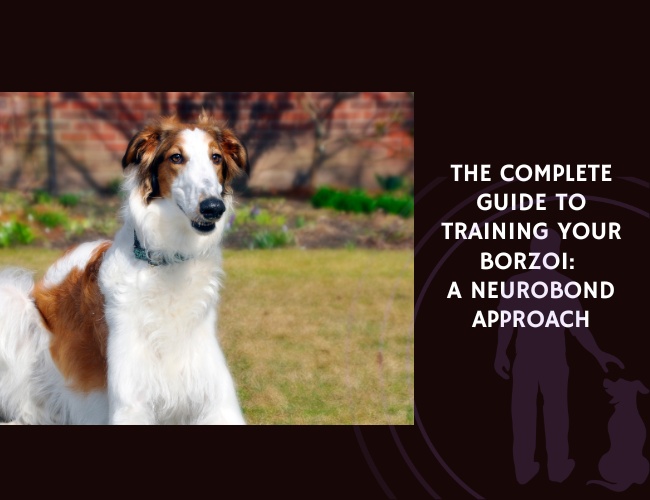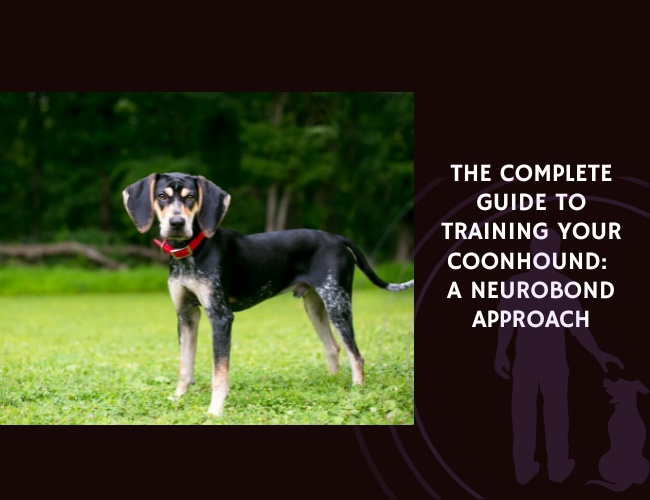A groundbreaking canine genetics study links the R-locus tandem duplication on chromosome 38 to roaning and Dalmatian spot development, revealing new insights into dog coat pattern evolution.
The distinctive coat patterns seen in dog breeds like Dalmatians and Wirehaired Pointing Griffons have fascinated breeders and geneticists alike. In this study, Kawakami and colleagues leveraged consumer-submitted genetic and phenotype data to explore the genetic basis behind the roaned coat pattern and Dalmatian spotting.
Through a genome-wide association study (GWAS), researchers identified a tandem duplication in an intronic region of the USH2A gene on chromosome 38. This 11-kb duplication was present in dogs with roaning but absent in those without. The duplication appeared to be under strong selection in traditionally roaned breeds like the Australian Cattle Dog, characterized by reduced nucleotide diversity and extended haplotype homozygosity.
Most intriguingly, the same duplication was found in all 262 Dalmatians studied, embedded in haplotypes nearly identical to those in roaned breeds. The researchers propose that Dalmatian spots are a derived pattern resulting from an epistatic interaction between this R-locus and an unidentified modifier gene. The findings highlight the power of commercial genetic data in uncovering the biological roots of phenotypic diversity in dogs.










